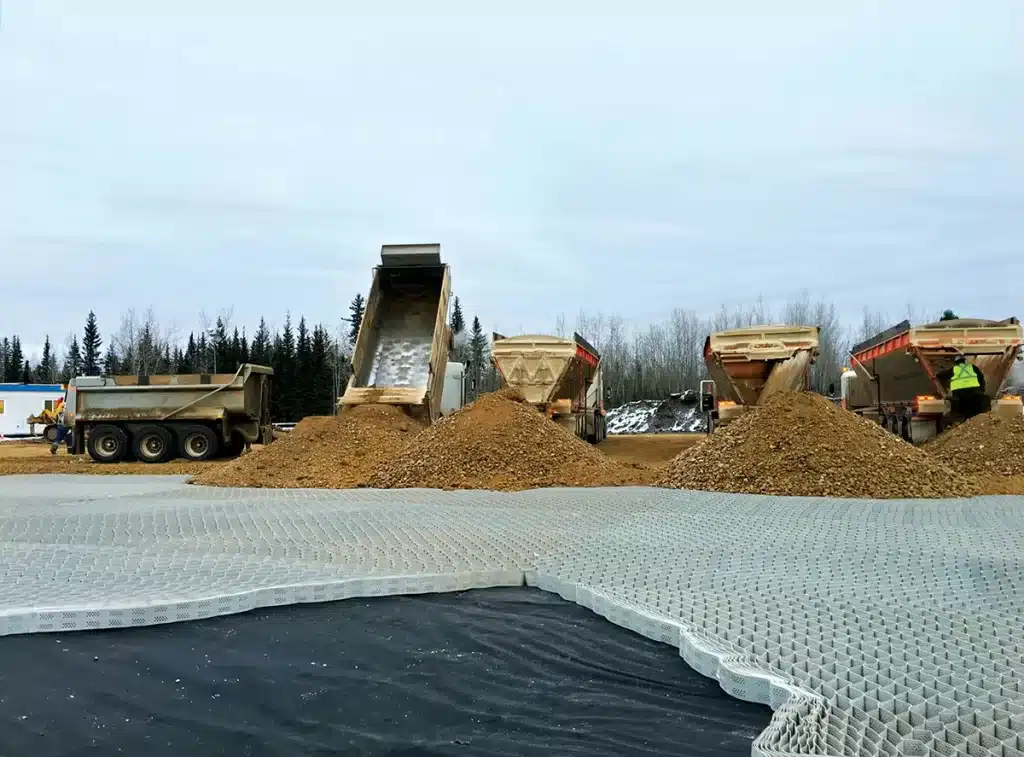What Is An HDPE Geocell?
HDPE geocell, short for High-Density Polyethylene geocell, is a three-dimensional cellular confinement system made from a durable and flexible plastic material. It consists of interconnected cells, which are expanded on-site and filled with soil, aggregate, or other suitable materials.

What is the use of HDPE geocell?
Terram HDPE Geocells reduce the risk of structural failures, by improving soil stabilization, load transfer, and erosion control. Geocells prevent platform settlement and deformation and improve slopes’ resistance to erosive forces.
What material is used in Geocell?
At present, geocells are commonly made of high-density polyethylene (HDPE), polypropylene, or polyester. In the construction field, geocells are used for laying roads, slope stabilization, retaining walls, canals, railways, embankments, etc.
What is a geocell?
Geocells are cellular confinement systems that were created as easy and durable materials used for stabilizing and protection. Cellular confinement systems effectively maintain the soil’s compaction, and, by doing so, create a more robust structure for both the infill and pavement.
What is the thickness of the geocell?
Geocells are also available with the following cell depths: 50 mm, 75 mm, 100 mm, 150 mm, 200 mm, and 300 mm.
HDPE geocells have revolutionized soil stabilization practices, offering durable, customizable, and sustainable solutions for a wide range of applications. With their unique cellular structure, HDPE geocells enhance soil stability, improve load distribution, and contribute to cost-effective and environmentally friendly construction practices. Incorporating HDPE geocells in engineering projects ensures long-lasting, resilient infrastructure that can withstand the challenges of the modern world.



Comments
Post a Comment